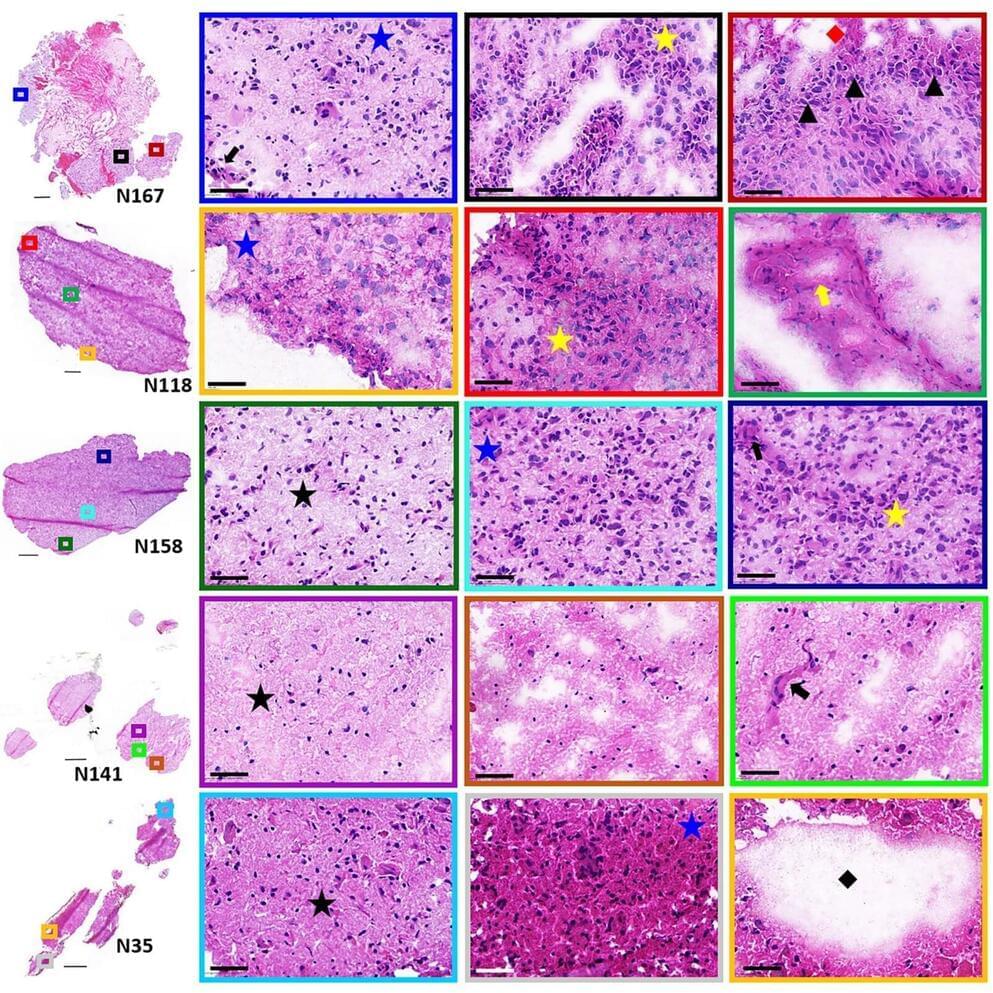Here is what the ECG reports of the first patient with the pig heart say.
In January this year, the heart of a genetically modified pig was transplanted into a human for the first time. The patient, David Bennett, managed to survive for two months with the pig heart, and this unique organ transplant operation led to various exciting findings and further research work.
One recently published research reveals that the electrical conduction system (network of cells, signals, and nodes in a heart that collectively controls heart functions and heartbeat) of the genetically modified pig heart differs from that of an ordinary pig’s heart.
David Bennett, the 57-year-old man who became globally known as the first human to receive a genetically modified pig’s heart as a transplant has died in the hospital where he underwent the transplant and was recovering, according to a press release.
Bennett was first admitted to the University of Maryland Medical Center (UMMC) in October last year with arrhythmia — the irregular beating of the heart, which in his case had become life-threatening. The doctors placed him on extracorporeal membrane oxygenation (ECMO), commonly known as a heart-lung bypass machine to keep him alive.







